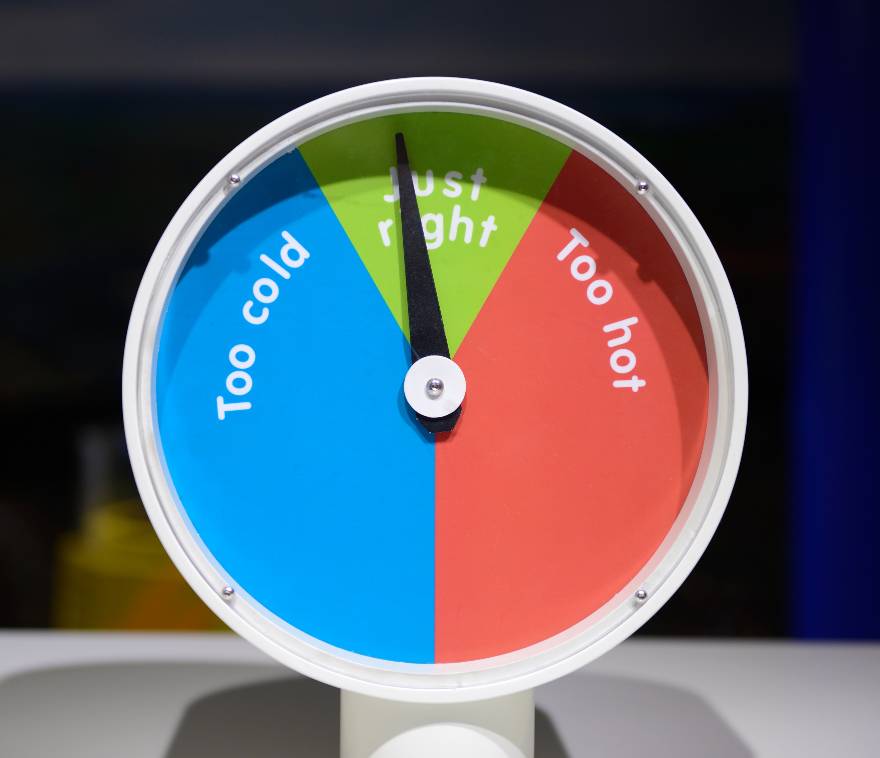
Pain. It is the number one symptom that we address every day in our practise. It is by far, the number one symptom that our patients seek treatment to find a resolution.
Here, at Elevation Physiotherapy, we manage pain whether from objectively defined conditions (like post fracture or accident) or idiopathic conditions for which the cause is unknown. Despite its variance in origin or pathogenesis, painful conditions are similarly characterized by poor physical function, mobility limitations, depression, anxiety, and sleep disturbance. It is common knowledge that physical activity improves general health, disease risk, and reduces the progression of chronic illnesses such as cardiovascular disease, type 2 diabetes, and obesity. When in the midst of an injury or painful condition, we know that physical activity has the benefits of reducing the effects of deconditioning, facilitating recovery, improving mental health and if prescribed specifically and performed carefully, it has pain improving benefits.
However, exercising with pain is tricky. How much pain is simply hurtful and might be beneficial and expected and how much is actually harmful or causing more tissue distress? Let’s use the analogy of traffic lights. A red light means stop. Green means go. What about yellow? Do we proceed through a yellow or do we prepare to stop? The answer is “it depends.” Let’s apply the 0-10 pain scale to these lights.

Green: 0-3: your pain is mild, tolerable, minimal and manageable. The pain does not limit how much you move or affect the quality of your movements.
Yellow 4-6: your pain is moderate, with the lower end being tolerable but the higher end moving towards an experience that you know can become intolerable. However, it is sufficiently high to reduce the amount you move and the quality of your movement. In other words, the pain is of sufficient intensity and quality to cause you to slow down, move less or move differently.
Red: 7-10: your pain is high, intolerable, unmanageable and is often sharp or shooting in quality. It is pain that stops you from doing anything meaningful and may even lead you to visit the emergency department.
Red light pain is obvious. It requires strong medications and short-term rest or immobilization. Exercise is out of the question. And most of us live with green light discomfort to some degree. We may not even visit our doctor and it may not even warrant a visit to your physiotherapist unless it consistently moves towards yellow and is now affecting your quality of life. Yellow is tricky. What should you do with yellow light pain especially if it seems to be moving towards red and not green?
Here is a guideline you can follow. It is called the 24-hour rule. You can continue with your usual activity if your yellow light pain remains at the same quality and intensity level during the activity, immediately after and within 24 hours after the activity. As well, there should be no sleep disturbance within this time period. Why? Because sleep is important in tissue recovery and healing and if your activity affects your ability to sleep, then it will negatively affect your ability to recover and heal. Sleep is the body’s most important recovery tool (not your foam roller or Theragun). Do everything possible during a painful condition or injury to maximize sleep! If you fail the 24 hour rule, then your previous activity needs to be modified.
In long term chronic painful conditions in which there is no inciting event or trauma, then this time period can be extended to 36 or even 48 hours without any harm. In these conditions, the central nervous system has become hypersensitized to normal movement and loads and the yellow light pain can take longer to return to baseline. As long as it does not reach red light levels, the 48 hour rule can apply.

This traffic light analogy when combined with the 24-48 hour rule has often been termed the “Goldilocks Principle.” It debunks the erroneous behavior and mindset of the two extremes: “No-pain-no-gain” and “Do nothing and rest.” Both of these are not helpful in painful conditions. The first proceeds through red lights causing further tissue failure and the latter does nothing and promotes inactivity and only serves to promote a progression to further disability.
When it comes to exercise prescription in painful conditions, helping patients to navigate through the Goldilocks principle is extremely challenging but it is also the most important skill to learn in rehabilitation. It is always best to seek advice from a trusted professional, especially someone with experience in managing chronic pain conditions, as exercise prescription in such conditions can be very complex. When applied to chronic pain conditions within appropriate parameters (frequency, duration, and intensity), physical activity significantly improves pain and related symptoms. For chronic pain, frequent movement is preferable to sedentary behavior. This gives us considerable freedom in prescribing physical activity treatments, which are most successful when tailored individually, progressed slowly, and account for physical limitations, psychosocial needs, and available resources.
This is where our Clinic thrives. This is what we do best.
Submitted by Albert Chan
